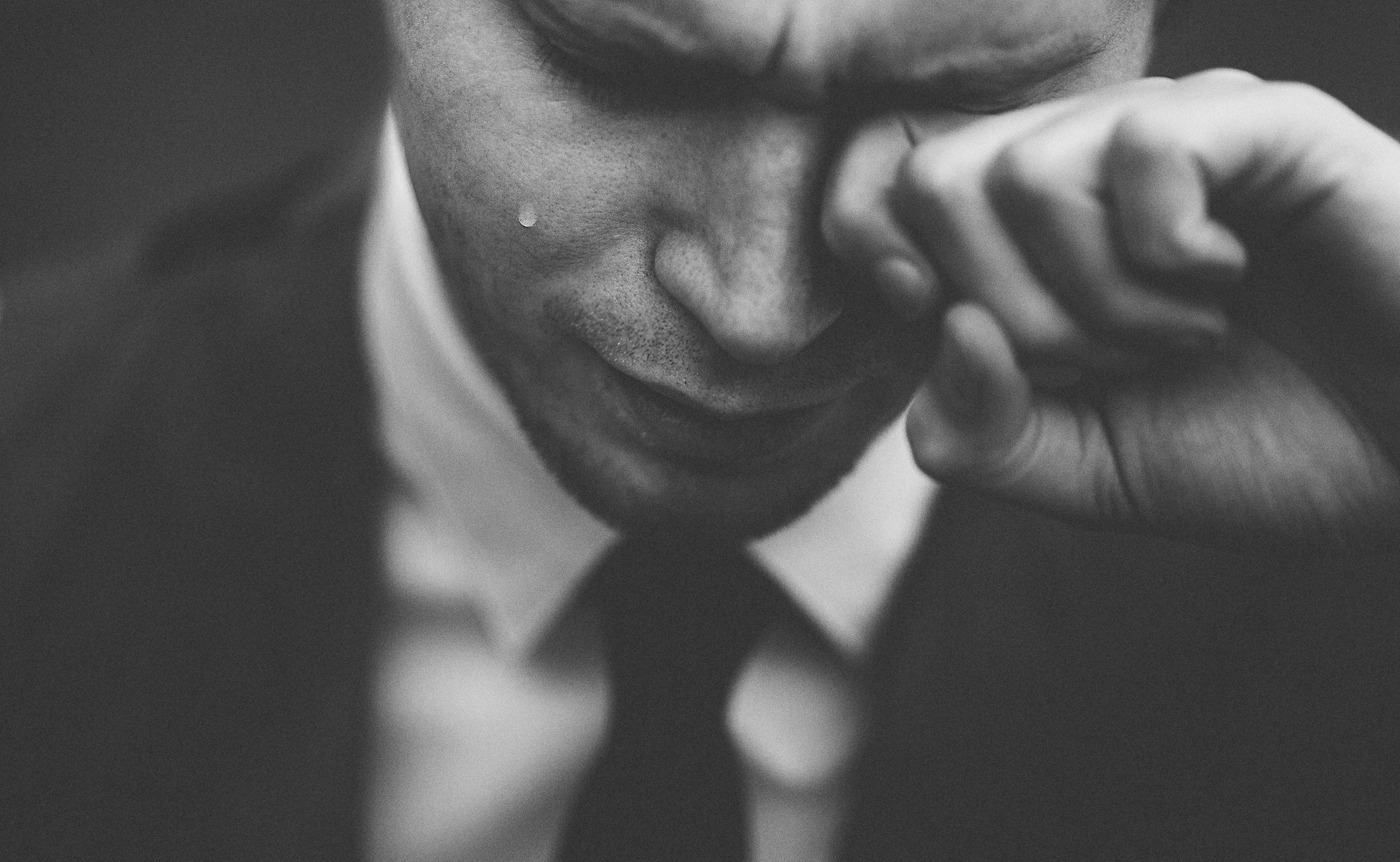The Realities and Big Lies of Male Body Image
/Hair, Height, and Everything in Between:
The Realities and Big Lies of Male Body Image
By: Adam Nisenson, AMFT, CSAT-C
To lose confidence in one’s body is to lose confidence in one’s self. –Simone de Beauvoir
Becoming Ken is just as impossible a feat as becoming Barbie.
It’s no longer a secret that a woman’s relationship with her body will often be tumultuous throughout her life. The issues of body image and physical perception are being shown the cold, harsh light of day in today’s changing social climate, often for the first time, in a very real way. But while more people than ever before are aware of women and their ongoing fight with self-image, it’s not just the girls who are struggling. Of the estimated thirty million Americans living with an eating disorder, roughly a third are men, according to the National Eating Disorder Association. And correlating the ‘ideal body’ with one that looks somehow different from their own is something that’s happening at a frighteningly young age—in as early as six to eight-year-old boys, according to a heartbreaking report by Common Sense Media. So how does The Big Lie feed into this male body image crisis? And more importantly, how do we move away from trends that lead to depictions that end up endangering men and boys both physically and psychologically?
Boys, Men, and Their Bodies
There was a time when all body image, eating disorder, disordered eating, and addictive food behaviors were strictly filed under the women’s problems header. Give ‘er a vibrator, boys, she’s obviously hysterical—nothing more to be done here. Thankfully, the nuances that surround these issues have since become much more widely studied and understood—along with the fact that half of the overweight adult population and at least a million Americans suffering from an eating disorder today are in fact men. And a deeper look at the issue uncovers a startling reality: male eating and body dysmorphia disorders often go undiagnosed, untreated, and misunderstood.
Intrinsic in the outdated school of thought that cultivated The Big Lie is the idea that displaying feelings or showing emotions is a sign of weakness. Unfortunately for boys brought up to believe in this version of “manliness,” being taught to suppress any signs of sentiment doesn’t make the growing pains of life any easier. Bullying, low self-esteem, abuse, depression, adolescence, and all the other hallmarks of disordered eating that appear in women will also make themselves known in men, but it can often be much more difficult for boys to deal with these issues openly, even among friends. This can lead to less teen boys and adult men seeking treatment for their body issues and eating disorders.
Historically, men also haven’t been held to the same unrealistic standards as women to be thin or out of proportion in the name of beauty. (Consider Adam West and his Dadbod version of Batman). But times have changed—in a big way.
Hashtag Fitness and the Superhero Effect: Unrealistic Expectations
From Hugh Jackman and Dwayne Johnson to anyone gracing a superhero costume, it’s hard not to notice a striking trend of the silver screen these days: the leading men are getting ripped. Women have long-since been exposed to ridiculous standards of beauty in Hollywood, but in recent years, a huge emphasis has been placed on the ever-present need for chiseled abs and bulging biceps on our headlining gentlemen.
And it’s not just the big screen. Turn on your computer, flip on your television, or peruse social media for more time than it takes to do a box jump and you’re bound to come across at least a half dozen people giving you their #gymmotivation for the day—replete with rippling bicep mirror selfies, ads for weight loss supplements and a guaranteed way to get you shredded in 90 days. While living a healthy, balanced lifestyle is something everyone should strive for, the fact is that most of these bulging, massive, 0% fat bodies are realistically something only attainable for a small percentage of the male population.
But that doesn’t change the message being bombarded to men—and boys—via pop culture and The Big Lie: You need big, strong muscles and washboard abs to be brave, dependable, and worthy. You must look a certain way to be a real man.
And it’s more than just the shape of their bodies. Hollywood, the media, pop culture—they repeatedly tell men they need to be lean, strong muscular. They tell men they need hair and a beard (but it must be the right kind of beard!) and offer consolation on height perception, how to fix complexion issues, sexual performance… the list goes on and on.
Keeping it Real
There has been a push in recent years for more acceptance in media, with retailers like Target and Aerie moving towards inclusiveness within their print and online advertisements. Their most recent billboards, posters, and flyers have featured female models of more varying sizes and heights, and with more normal features (yes, even stretch marks and breasts of two different sizes) left in. It’s time for this conversation to cross over—for our boys to realize that they, too, come in a variety of sizes, shapes, colors, and flavors: and that that’s ok.
Keeping the lines of communication open, keeping an eye out for signs of depression or disordered eating behavior in your children or your friends, and pointing out unrealistic body expectations when they are being shoved in our faces with an extra helping of creatine is the first step in having that conversation.







